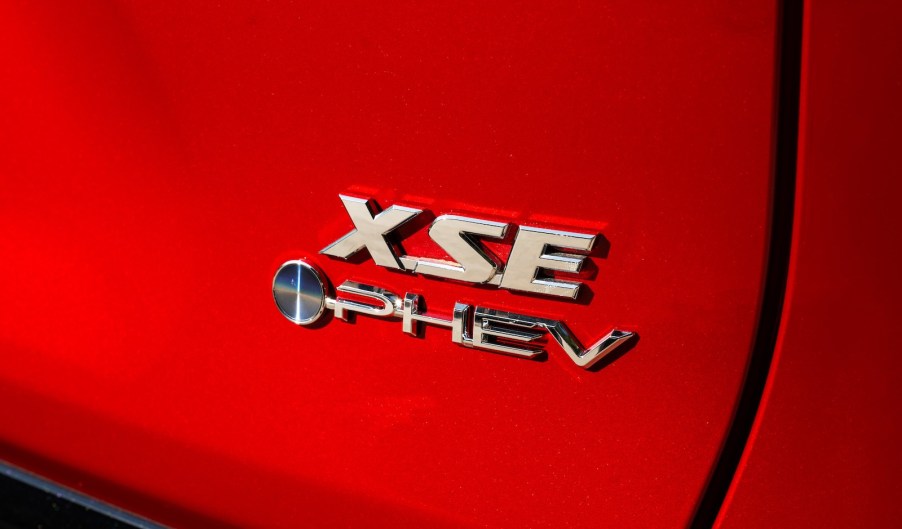
Toyota rebranding its plug-in hybrids as…‘plug-in hybrids’
I know what you’re thinking: Did the world’s largest automaker finally hire Captain Obvious? Toyota is dropping the “Prime” name from its plug-in hybrids for 2025, simply calling them… “plug-in hybrids.”
Sure, this feels like a small pivot. But it highlights just how confusing the world of hybrids has become.
Until now, Toyota used “Prime” to denote the top tier of its hybrids. Take the Prius. A “regular” hybrid uses its electric drive unit to help the regular motor brake and accelerate, but the “Prius Prime” could be plugged in to cover a longer commute on electric power alone.
Sounds simple, right? Well, not when you start adding other models. Your average buyer knew the Prius was some kind of hybrid, but call a RAV4 a “Prime,” and most folks were scratching their heads.
Now, in a move that deserves bonus points for clarity, Toyota is calling its 2025 models what they are: plug-in hybrids.
The industry needs this kind of transparency. Between hybrids, plug-in hybrids, mild hybrids, and even series hybrids, the market’s a mess. Take the 2025 Ram trucks. Their so-called “eTorque hybrid” is just a fancy alternator helping the gas engine start. But then they’re also launching the Ramcharger, a plug-in hybrid with a gas engine that acts as a generator, not even driving the wheels. Those two trucks couldn’t be more different, but they’re both sold as “hybrids.”
Or take other brand’s “plug-in hybrids” that may have a charging port, but need the gasoline engine to accelerate beyond a snail’s pace, or hit a top speed over 25 mph. The badge may be similar to the top-trim Prius, but the useabilty isn’t even close.
In the end, Toyota’s straightforward approach is refreshing. Call a car what it is. But if the industry really wants to help buyers out, it’s time for even more specific terms. A plug-in hybrid that can drive on electric at highway speeds isn’t the same as one that can only creep around town. The more agreed-upon labels, the better.



